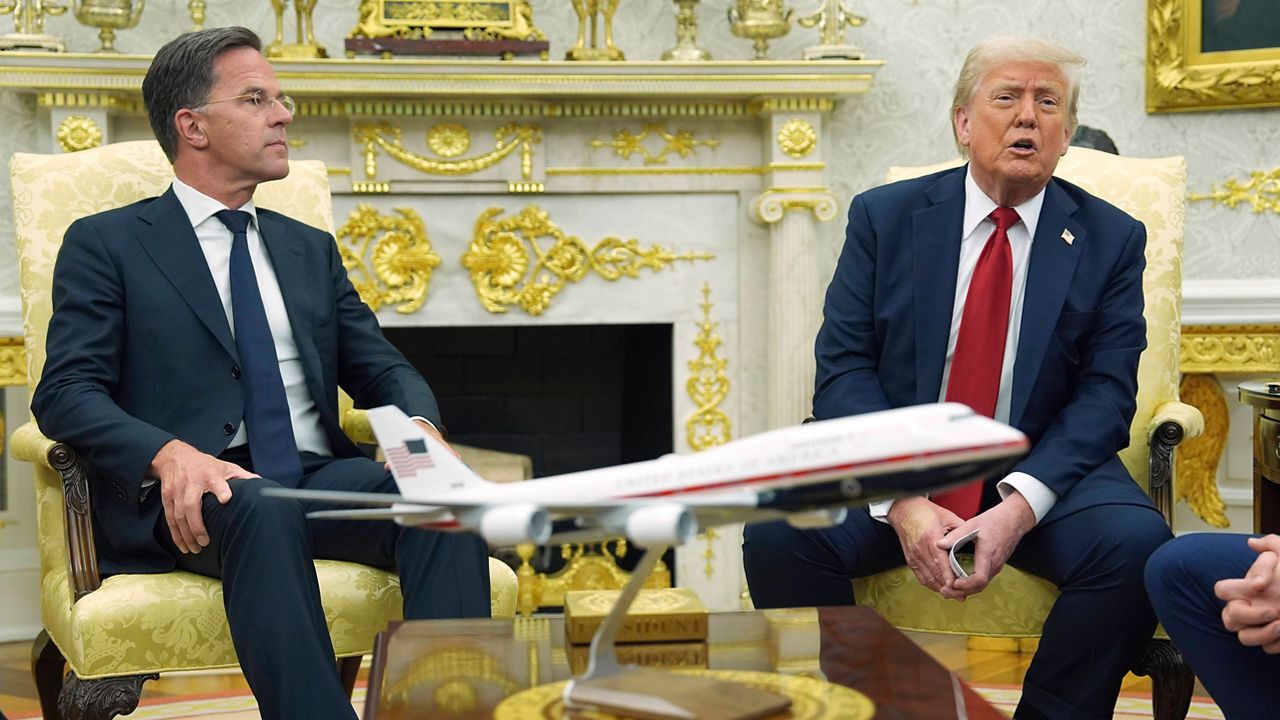Is Trump willing to save Ukraine?
In short, yes. But only on his own terms. He shows little regard for how other global actors interpret the conflict or what its resolution means for Ukraine’s future.
I’ve always said watching Donald Trump in global politics feels like sitting ringside at a high-stakes poker game. You never know what card he’ll throw down next. During the most recent meeting at the White House with NATO Secretary-General Mark Rutte, Trump issued a stark warning: Russia has 50 days to end the war in Ukraine or face “serious sanctions.” He also pledged a renewed U.S. commitment to Ukraine’s defence, including advanced Patriot missile systems (Ukraine is believed to have six such batteries; however, these are not enough to neutralise Russian missiles).
Trump has long baffled observers with his contradictory stance toward Moscow. Sometimes, he praises Putin’s strength and strategic thinking; other times, he condemns Russia’s aggression.
His response to the Israel-Iran escalation last month was similarly hard to pin down: strong words one day, tempered tones the next, especially when the actors involved met the conditions he put forward. The similar stance can be seen on his approach to the war between Ukraine and Russia. Trump wants to end the war. But in his terms. And now the time is against Russia, as he didn’t get what he asked from Russian president Putin.
The question is: will it work?
For the last year, many analysts (myself included) have debated whether this war is a reflection of Putin’s personal ambitions or something deeper. I lean toward the latter. Rooted in a Eurasianist ideals, Russia’s strategic thinking has increasingly moved away from the Atlanticist goals of the mid-1990s. Ukraine, from this perspective, isn’t just another neighbour. It’s the keystone in Russia’s bid to maintain regional dominance and secure its western flank. This war isn’t just about land; it’s about legacy, security, and Russia’s standing in a multipolar world (Russian Prime Minister Primakov framed Eurasianist goals in political sphere).
That’s why I’m skeptical about a quick resolution. Russia shows no signs of backing down. Its nightly bombardments, fortified lines, and refusal to negotiate seriously suggest that it’s in this for the long haul. From Moscow’s perspective, any retreat would be a strategic, as well as psychological, defeat. Yet at the same time, NATO is feeling the squeeze. Europe’s leaders, especially politicians from Germany, the UK and France, have been calling for greater American support, and it seems Trump is finally listening.
The promise of Patriots is not insignificant. These air defense systems could dramatically enhance Ukraine’s ability to shield its cities and infrastructure from missile attacks. But delivering them is only part of the challenge. The effectiveness of Trump’s “maximum pressure” strategy will depend not only on Russian reactions but also on NATO unity and European resolve.
Critics from Ukraine say this move is too little, too late. Or some others state that it’s another Trumpian bluff (The independent MP Mariana Bezuhla, a prominent critic of Zelenskyy and his top military team, dismissed the announcement as an empty “game”. “Trump gave Putin another 50 days to conquer Ukraine,” she wrote on social media.). But I think it’s more nuanced. For all his unpredictability, Trump has always been driven by outcomes. Ending a major European war could define his legacy. And from a strategic angle, it allows the U.S. to shift focus toward China, where Trump’s administration continues to view long-term competition as the real challenge.
So, what should we expect over the next 50 days?
Tense diplomacy. Strategic posturing. Possibly, more escalation before any progress. These are the heralder of more tough days are coming. But if Trump’s gamble works, it could be a turning point not just for Ukraine, but for Europe’s broader security architecture. If it fails, it may solidify a longer, more dangerous phase of the conflict.
